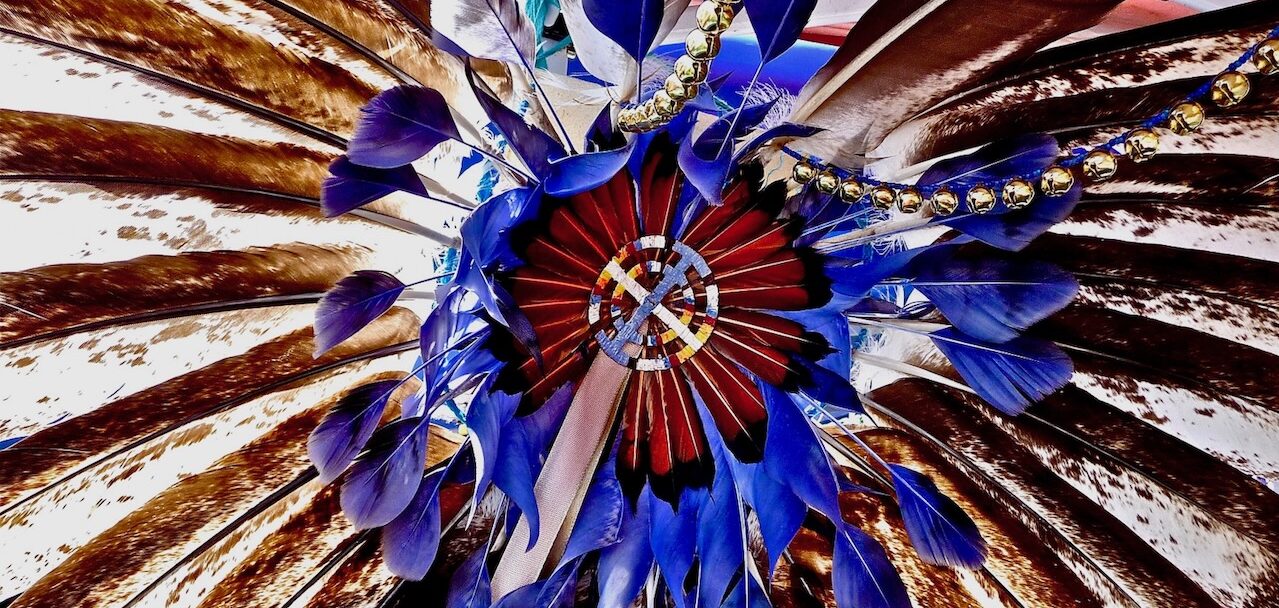Scottish author tells Sioux Indian tales.
The Riverton Ranger, Riverton, Wyoming, USA, Wednesday 22nd May 1985.
A sympathetic story about how the Sioux Indians lost the west is told by a Scottish author Andrew Hogarth in his new book “Light at the End of the Tunnel.” Hogarth, who moved a few years ago to Australia, corrects the impression of Indians so many people get from the B-grade movies and television programs.
“I had the same impression: that Indians were baddies riding over the hill to attack,” Hogarth said. His travels took him to Crazy Horse Mountain, Black Hills, South Dakota, where he became acquainted with Jack Little, a full blood Oglala-Brule-Sioux whose grandparents survived the Wounded Knee massacre.
Little’s story is told in a 10,000 word chapter of Hogarth’s book. He depicts life on the Rosebud Reservation where he and 32,000 other Sioux try to preserve elements of their individualistic culture, while surviving in the world of the white men who drove the Sioux from their lands during a 50-year period in the late nineteenth century.
Hogarth, a graphic artist and commercial camera operator, started writing articles about the Sioux after three were published in the Australian Ethnic News Review Magazine in Sydney.
Hogarth invested his life savings in his book. He came to the United States in March and has travelled 14,000 miles over eight weeks marketing his handsomely designed book which features his friend Jack Little on the cover.
Profusely illustrated both with historical photos from the National Archives, as well as many photos taken by Hogarth at Indian battlefields across the west, “Light at the End of the Tunnel” has sold well, despite Hogarth’s going against traditional marketing systems for books. Only 700 copies remain from his printing of 2,500. The book is now on sale at Books and Briar, Murphy’s and Connie and Willies.
While Hogarth, 34 has great sympathy for the accomplishments of Anglo-Saxon society, he has earned enormous respect for the ways of the Sioux, exemplified by Jack Little and his wife Shirley.
“The Sioux are a free-spirited people, their traditions emphasising individuality, to the point that they hardly followed their chiefs, except as their personal commitment dictated,” Hogarth said.
During his marketing swing across the west, Hogarth plans to visit 15 more historic Indian sites, including Fort Reno and other Wyoming locations. He plans a new cover, a name change, which will probably be “The Teton Sioux,” and a possible second edition with new photos and fresh material. The first edition of the book, published in Australia, moves quickly, carried by excellent photographs and attractive layout which, matches the readable text. The book has popular appeal to readers of all ages.
Hogarth believes his book will help change the shallow stereotypes many people have of the Sioux and other Indians who still face battles familiar to their ancestors.


Leave a Comment
You must be logged in to post a comment.